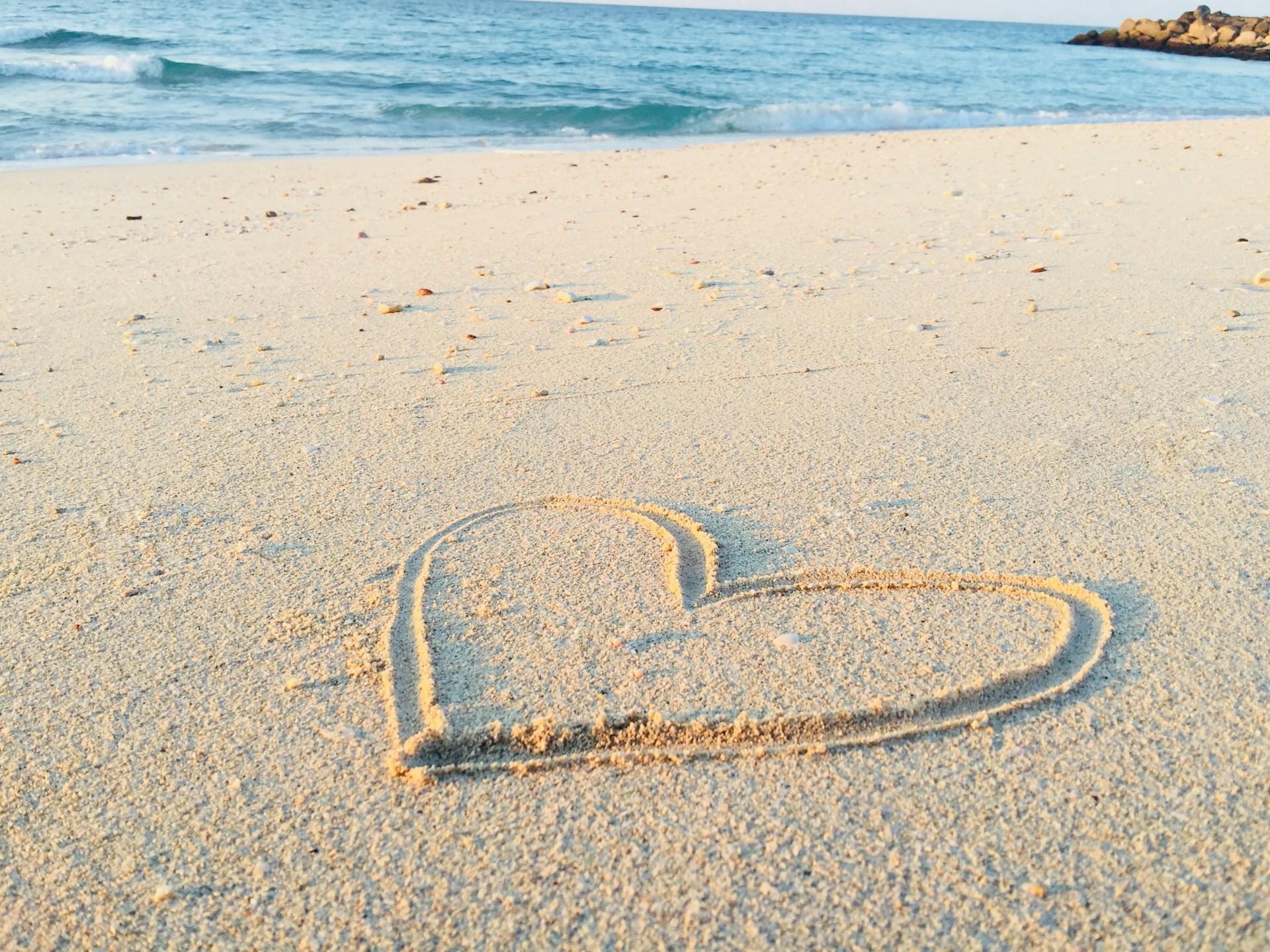Delighting children and adults of all ages, sand sculpting has been a staple beach activity since time immemorial. Originating from ancient civilizations that used sand as a material for ceremonial and tomb carvings, this ephemeral art form has evolved dramatically. Today, sand sculpting is no longer just a fun beach pastime but a competitive event that is celebrated worldwide. Moreover, whether you want to become a professional sand sculpture artist or simply wish to enjoy sculpting as a recreational activity at the beach, there are a few important factors to consider. These include the type of sand to use, the right tools, and of course, ensuring the durability of your sand masterpiece.
And we are here to tell you all about it! So, are you ready to take your first step into the magical world of sand sculpting? Let’s dive right in!
Before you start sculpting, you might wonder, what is going to make the sand sculpting process easier and more enjoyable for you as a beginner?
Well, it all begins with choosing the right type of sand. Your sand selection will have a significant influence on the entire sculpting process. Sounds strange, right? But it’s a fact! All sands are not equal. Sands containing a decent amount of silt or clay content are often perfect for sculpting as they’re stickier, allowing the sand sculpture to hold its shape better. Now, where can you find this type of sand? Right at the beach! But remember, some areas of the beach are better than others. Areas with rocks, shells, or seaweed can be troublesome, so avoid those. Also, it’s always better to do a bit of homework and sketch out a clear idea or plan before starting your sandscape. Trust us; this step will save you a lot of time and frustration in the long run.
Now that you’re aware of the nuances of sand and planning, let’s proceed to another important stage – the tools. Believe it or not, a simple set of tools can dramatically alter your experience with sand sculpting.
- Clay tools: Ideal for carving and shaping your sculpture.
- Small shovel: Great helper for moving and piling up the sand.
- Cement trowel: Excellent for both spreading and smoothing the sand.
- Brushes, brooms, and rakes: These come in handy when you need to tidy up or add textures.
- Pressurized sprayer: To keep your sculpture moist and durable.
Well, now that you have the tools, you might ask, how can you ensure your sand sculpture lasts longer? It’s a fair question, especially after investing so much time and energy into your masterpiece.
When it comes to durability, maintaining the moisture in your sand sculpture plays a crucial role. How? Use a pressurized sprayer to keep the sand from drying out. This simple step can significantly delay the natural erosion that will occur due to wind and sun exposure. Beyond this, there’s a sculpting order to follow. Starting carving from the highest point and work downwards. This tactic prevents falling sand from disturbing the already carved parts. Note that you should move from roughing out general shapes with big tools to adding details with smaller ones as you proceed.
Furthermore, during the initial phase, while you are stacking the sand, ensuring proper compacting can pay dividends in maintaining the structure’s integrity, thus enhancing durability. Lastly, the quality of the sand can also affect your sculpture’s lifespan. Freshly deposited sand is more angular and therefore stacks better. In contrast, weather-beaten older sand can be easily eroded, thereby impacting the durability.
In essence, remember that creating a durable sand sculpture is as much about mastering these practical aspects – from beach selection to stacking, carving, and maintenance techniques as it is about your artistic skills.
In conclusion, sand sculpting is a wonderful art form that allows you to connect with nature, explore your creativity, and develop your patience and precision. Whether you’re preparing for a competitive event or just looking to have some fun at the beach, starting with the right plan, the appropriate tools, and the suitable type of sand, along with consistent maintenance post-completion, can lead you to create fantastic and durable sand sculptures.
Keep these tips handy and let your sandy imagination guide you the next time you visit the beach. If you wish to know more or need additional tips, this beginner’s guide on sand sculpting may be a valuable resource.




